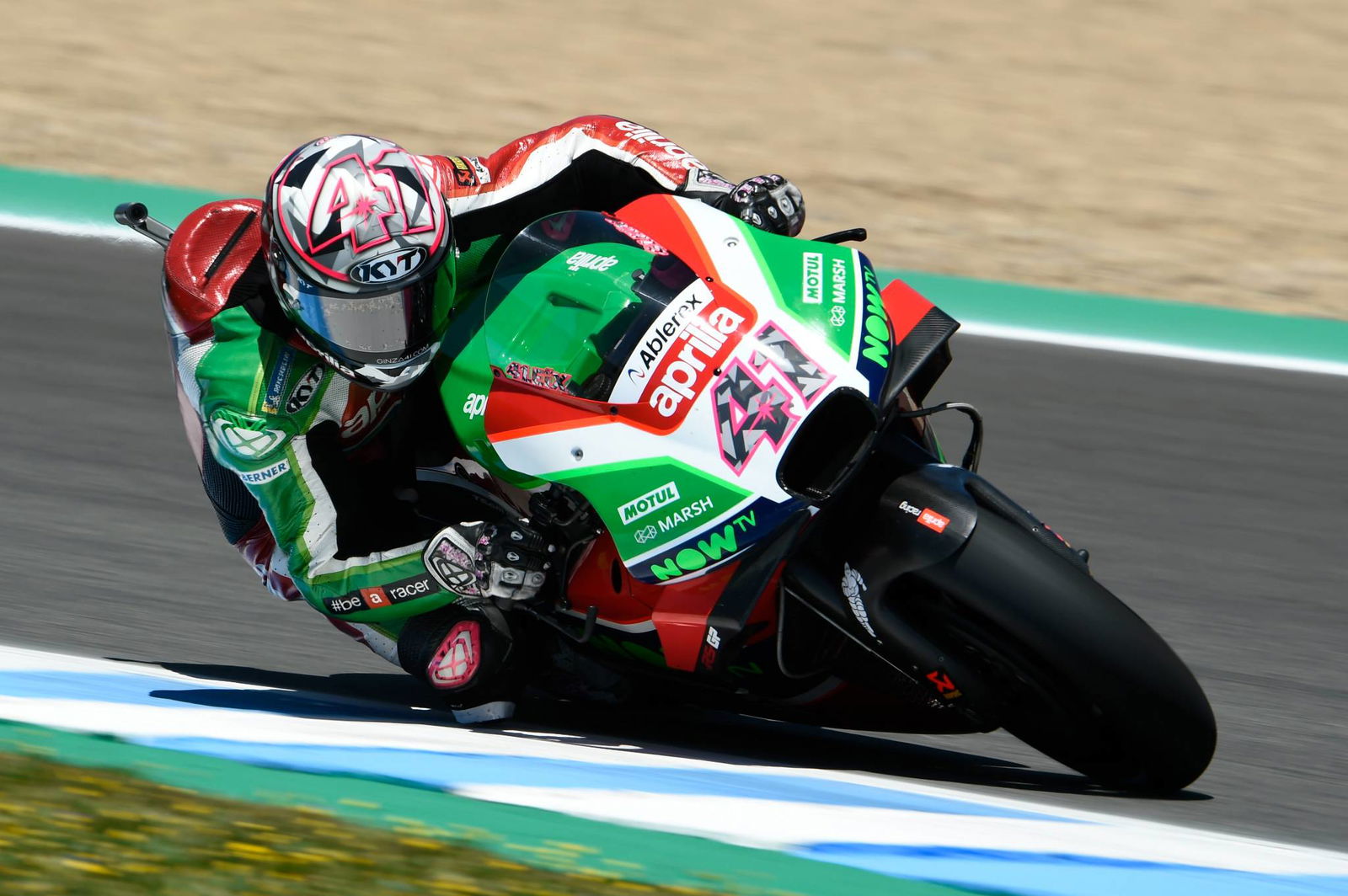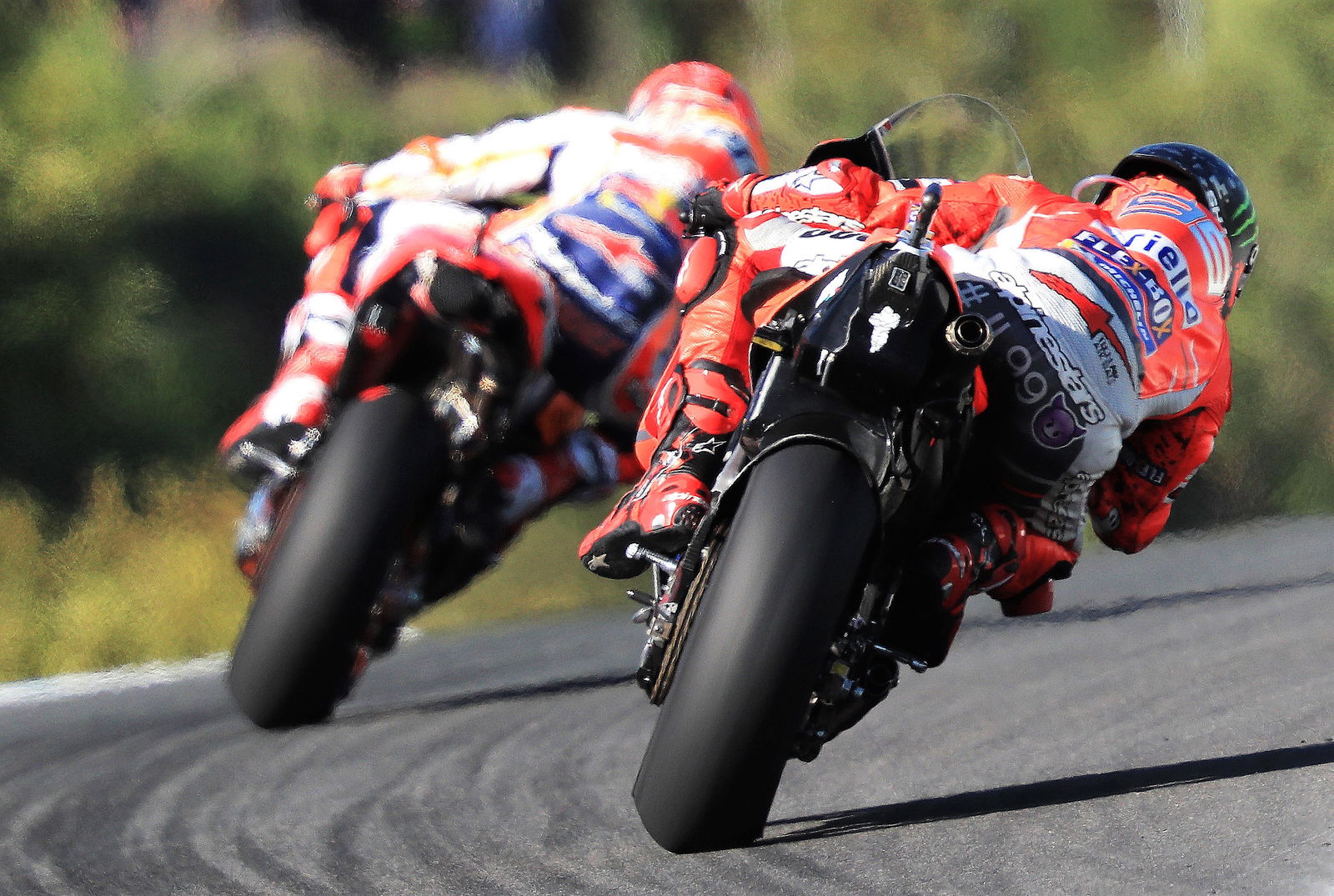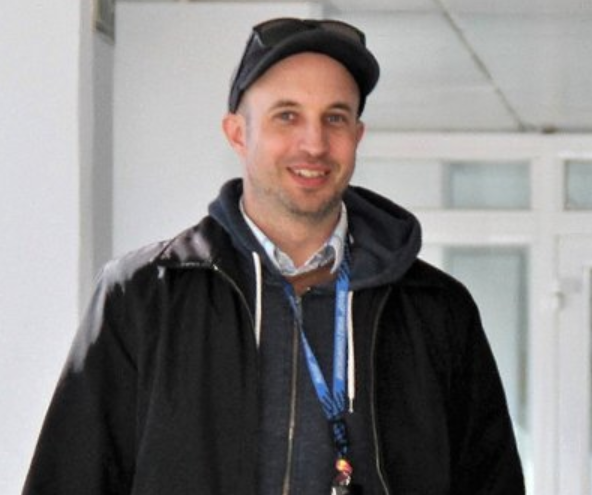MotoGP: Electronics and acceleration
Since MotoGP winter testing, Valentino Rossi has repeatedly emphasised the need for Yamaha to improve acceleration via the electronics.
"All the Ducatis are better in acceleration, because they are more in front compared to us in the electronics," the Italian said in February.
"When MotoGP moved to the [single ECU] we have some problem. Honda and Ducati understand something we don't."

Since MotoGP winter testing, Valentino Rossi has repeatedly emphasised the need for Yamaha to improve acceleration via the electronics.
"All the Ducatis are better in acceleration, because they are more in front compared to us in the electronics," the Italian said in February.
"When MotoGP moved to the [single ECU] we have some problem. Honda and Ducati understand something we don't."
In another exchange with the media, Rossi said: "During last year Honda and Ducati put a lot of money and a lot of people to work around the electronics. Maybe Yamaha not enough. So we are a bit in delay…
“It's a shame, because the rest of our bike is good. From what I understand, this [electronic] work needs time. You have to work on the black box [ECU]."
During last weekend's struggles at the slippery Spanish MotoGP, Rossi again described the M1's problems as 25% mechanical and 75% electronics.
After the Monday test, he added: “We found something for the acceleration, but it was just a first step. I hope that after Barcelona we can try something more important [with the electronics].”
But in a championship where ECU software and hardware is the same for all, how exactly does a manufacturer gain an acceleration edge purely in terms of electronics?
The answer, according to MotoGP Director Of Technology Corrado Cecchinelli, is "by means of calibration."
In other words, while the way the ECU works (through calculations, strategies and functions) is the same for all, the thousands of numbers that decide 'if this happens, do that' are programmed into the system by each manufacturer, to suit each bike.
It is these numbers that are referred to by Cecchinelli as calibration.
The Italian, who was Vice Director General of Ducati Corse from 2006 to 2010 before accepting his current role, told Crash.net:
"The so-called 'chassis control strategies' - traction control, wheelie control - all share the same functioning mode. Which is: Getting inputs, thinking about the inputs and outputting a torque reduction request.
"That request may of course be '0', if you are under the limit of the bike.
"All of them make a fight... If you are spinning more than wheelieing, the traction control wins and the [ECU] system delivers the torque reduction."
For the specific case of improving straight-line acceleration:
"The strategies that would normally operate are basically just traction control and wheelie control. In the case of a standing start, you also have launch control.
"So if you are accelerating in a straight line, traction control and wheelie control operate in parallel. If one of the two finds a reason to reduce the torque, it sends a torque reduction request.
"In the simplest case of straight-line acceleration on dry tarmac, the limit is actually wheelieing.
"Let's assume the calibration of the wheelie control is too restrictive - so that it cuts before the bike even wheelies, or cuts when the wheelie is not a problem - then you are not accelerating enough.
"This is common with traction control in road cars. You can feel that is it too restrictive and you would be better without it, if you are an above-average driver.
"The same goes sometimes with ABS in road cars, which is acting way more often than you would expect. You get the feeling you could brake better without it, which is not generally true!
"So if Yamaha riders feel that the nature of the bike would be to accelerate more than it does, they will keep asking their engineers to properly tune the strategies to unleash the full potential of the bike.
"It's a game of being on the right side of the limit, but as close as possible."
Given the crucial role of ECU calibration, how do manufacturers come up with the right numbers?
"I would say a big part is calculation and small part trial-and-error," Cecchinelli replied.
"You cannot calculate everything at home because when you come to a real race track and have some dust on the surface, a specific temperature, a certain type of tyre and so on."
Adding to the complication is that many of the calibration numbers need to be changed from circuit to circuit.
To speed up the number crunching, especially if changes are needed at the track itself, manufacturers develop a simplified 'interface tool' which can tweak lots of related numbers at once.
"Normally what all the manufacturers do is they develop a sort of interface tool - in-between their calculations and the calibration tool we give - which is easier for them to use and generate a calibration in the software language," Cecchinelli explained.
"Everybody is developing their own proprietary interface that goes 'upstream' of the calibration tool."


